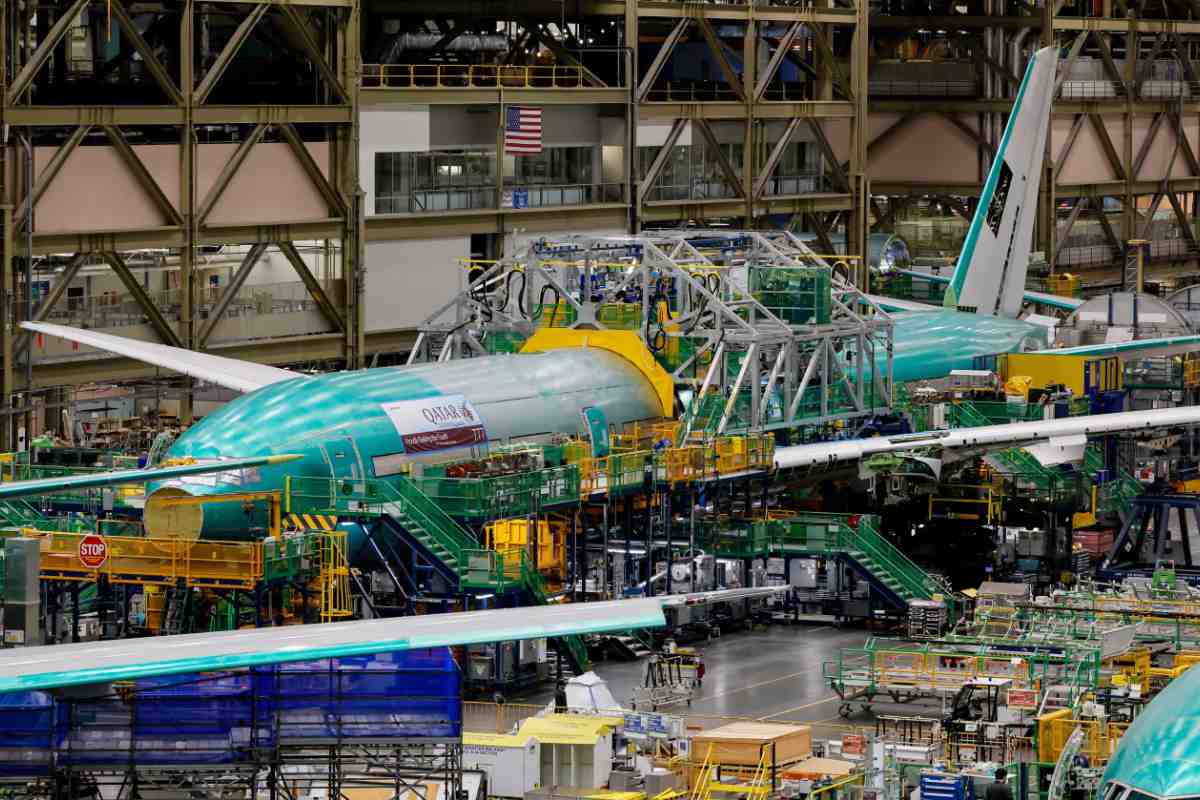[Source – pcworld.com]
Unintended Consequences of Microsoft’s Latest Update
Last Tuesday, a Microsoft update disrupts dual-boot Linux systems while attempting to address a critical vulnerability in the GRUB bootloader. The flaw, identified as CVE-2022-2601, posed a significant risk by allowing potential bypasses of Secure Boot—an industry standard designed to protect devices from malicious firmware during startup. Despite Microsoft’s assurances that the update would not affect dual-boot systems running both Windows and Linux, users began reporting immediate issues with their devices failing to boot into Linux. Instead, they encountered an error message stating, “Something has gone seriously wrong.”
Broad Impact and User Reactions
The update’s impact has been widespread, affecting numerous Linux distributions including Debian, Ubuntu, Linux Mint, Zorin OS, and Puppy Linux. As the Microsoft update disrupts dual-boot Linux systems, users configuring their systems to dual-boot with Windows are finding their Linux installations inaccessible due to interference with Secure Boot mechanisms. This problem has led to significant frustration among users, as discussions in support forums reveal. One user expressed discontent with the misleading update information, noting incompatibilities between Microsoft’s SBAT mechanism and various Linux bootloaders.
The situation has prompted widespread dismay, as the Microsoft update disrupts dual-boot Linux systems, including those running newer versions like Ubuntu 24.04 and Debian 12.6.0. Microsoft’s original bulletin had stated that the update would not impact dual-boot configurations, but this has proven inaccurate. The company has yet to issue a public acknowledgment of the error or provide guidance on remediation.
Seeking Solutions and the Bigger Picture
In the absence of official solutions from Microsoft, affected users are left to address the issue independently. One recommended approach involves disabling Secure Boot, removing the SBAT policy, and then re-enabling Secure Boot. This temporary workaround allows users to maintain some level of security while mitigating the immediate impact of the update. Detailed instructions for this process are available, providing a measure of relief to those struggling with the update’s effects.
The incident highlights ongoing concerns about Secure Boot’s reliability, which has faced criticism over the past 18 months due to several vulnerabilities. The issues surrounding Secure Boot underscore the challenges of maintaining robust security across diverse operating systems and hardware configurations. Experts, including Will Dormann from the security firm Analygence, point out that while Secure Boot enhances security for Windows, its growing list of flaws complicates its effectiveness.
As the situation continues to unfold, users and industry observers are left to ponder the broader implications of such security measures and the need for more reliable solutions to protect against evolving threats.












